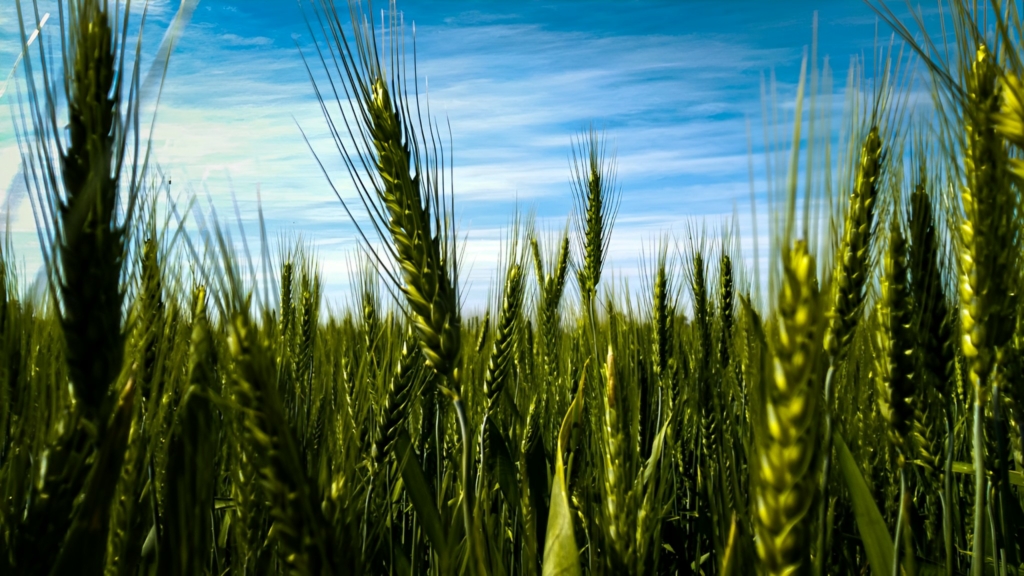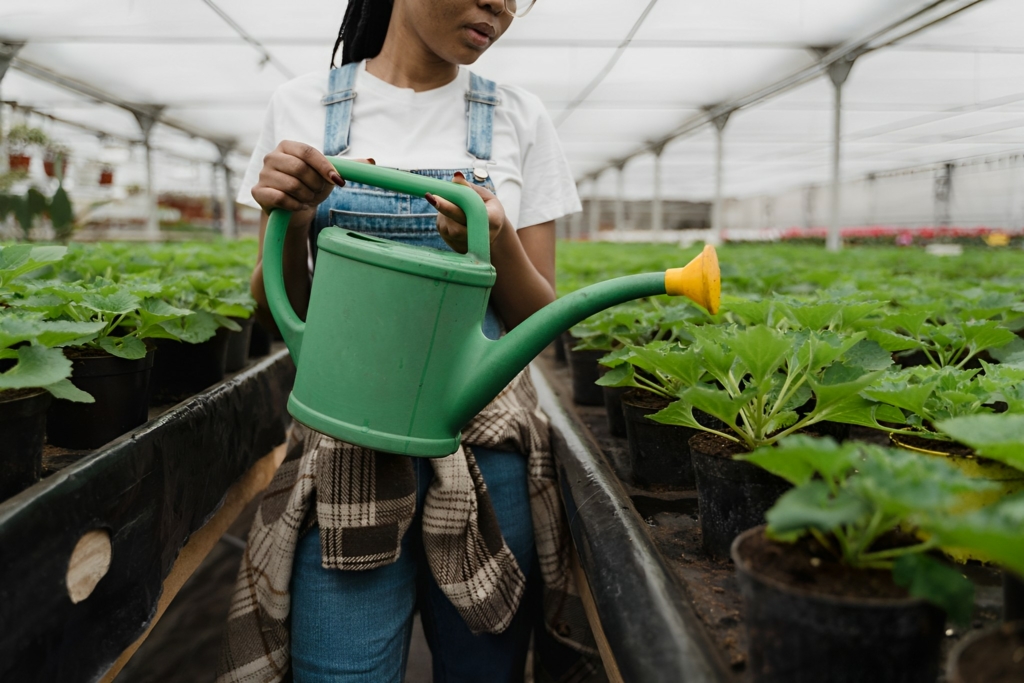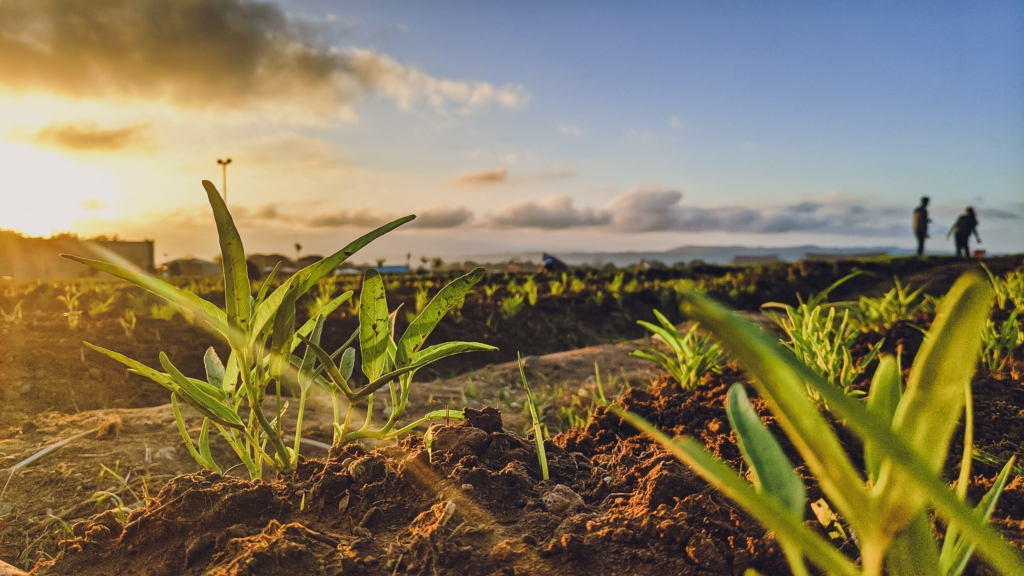Our five approaches
Approach 1
Agroecological methodology based on the concept of "natural capital"
This line of research defines the natural capital of a farm, explores the actions to be taken to "valorise" it and determines the tools to be put in place to measure the impact of the actions identified (via value creation).

This line of research is an extension of the work already undertaken by the Chair since its creation. The research projects conducted revolve around twelve main themes that allow the natural capital to play its environmental role. These themes are broken down by sector, by “terroir” and by basin and will be defined by the Chair’s Scientific Committee. Their goals will be to identify virtuous practices and negative externalities linked to production, develop avenues defining the actions to be undertaken and implement new technologies. This line of research also includes national and international research projects and monitoring activities enabling, by means of continuously collected “data”, the most up-to-date and relevant evaluation of the natural capital. The creation of “environmental and societal added value” will be materialized by a “rating”. In anticipation, an association governed by the law of 1901, Finagreen, was created in 2020. This rating is based on a reference system that uses the indicators considered relevant by the methodology. It is updated via a continuous flow of data. The approach revolves around different fields and players brought together in Committees of experts and dedicated users, farmers, agronomists conducting research activities, innovative mechanical industries, engineers and other AI players for future-oriented data collection and management, chemistry and genetics. Several legal, regulatory and accounting themes are likely to give rise to specific work. In particular, it will be necessary to study the legal and regulatory approaches to the concept of “natural capital” and the conditions for the collection, use and dissemination of the basic data and indicators (ownership, responsibility, etc.)
Approach 2
Capital market financing
This line of research focuses on creating a new financial asset, a counterpart to value creation by farmers engaged in an environmental and social approach.

The goal of the work conducted is to study a new type of instrument aimed at allocating capital to genuinely sustainable activities and investments. In this way, it becomes possible to analyse the conditions under which market financing will be able to cover the cost of transforming the model on which farms are based. This new type of financial asset would have as its underlying instrument a basis of valuation of the natural capital of the farm concerned by the financing. The study of the valuation of the financial asset by the Chair will be established on the basis of the objective financial and extra-financial “data” at the origin of the value creation. The definition of the asset must ensure that it meets the regulatory constraints on sustainability of investments (taxonomy, SFDR, MIFID, CSRD, etc.) and meets the disclosure obligations required by them. The Chair will seek to determine the extent to which reliability, transparency and calculation on a continuous base of information (data) could enable the volatility of the financial asset to be rationalised. The Chair’s work will focus on measuring how the financial asset will be able to meet, both on the primary and secondary markets, investors’ requirements in terms of pricing linked to the components of the risk (specificities of the asset, but also inflation, rising interest rates, etc.) and market depth that contributes to the liquidity of the financial asset. Research is conducted to define which financial instrument is best suited to sustainable assets and most resilient to economic shocks/events. The Chair will endeavour to demonstrate that the creation of a new economic, monetary and liquid asset, combined with the virtuous way in which agricultural production is carried out, offers an objective rationality necessary to investors. The Chair plans to set up a dedicated Committee of Experts: financial market players, bankers, regulators and representatives of NGOs. The research carried out will have led to constant dialogue between the academic world and that of the major players concerned. Several legal, regulatory and accounting themes are likely to lead to specific work. In particular, it will be necessary to study the qualifications and legal status of the instruments used to represent financial investment (including its dematerialized forms), the links with existing or future rules concerning green financing (taxonomy, SFDR, etc.) and comparisons with existing regulatory mechanisms in certain markets (carbon, energy economics, etc.).
Approach 3
Fundraising/fund allocation platforms
This line of research will have to study the optimal way to raise funds, while ensuring redistribution to the farms that will benefit from the financing.

The Chair will endeavour to study the different possibilities offered by the markets for issuing “securities” representative of the capital raised. Among the various aspects to be taken into account, it will be necessary to study the choice of a structure or a vehicle, the legal form of the securities issued, and compliance with the liquidity requirement as defined by the research conducted under research line 2. The Chair will be able to explore the value of creating a specific platform. The Chair will be able to analyse how the funds collected will be redistributed to farms in proportion to the needs expressed and the quality of the information provided. If necessary, the determination of specific criteria and their mode of operation may be the subject of further research. Many aspects of this study are linked to traditional finance. However, the conclusions of the research conducted under research line 2 introduce innovative elements which are likely to modify traditional operating rules. Among the issues raised, it might be appropriate to study the role of several stakeholders in this new environment; in particular, banks, natural receptacles of financing, cooperatives, Chambers of Agriculture and more generally all organisations linked to the agricultural sector.
Approach 4
The data issue
This line of research aims to meet a double challenge: collecting and analysing relevant data to qualify the natural capital of a farm. The Chair will provide investors with information allowing them to better represent and evaluate the intangible value linked to the natural capital of the farm financed.

Collection
The data collected may be of an agricultural or non-agricultural nature (satellite data, financial, economic and climate-related information, etc.). The Chair’s aim will be to try to list the “data” from various players relevant to the environmental action within a single database. In particular, a distinction should be made between the public sector and the private sector. A study may be conducted to identify the available data and identify the initiatives to be promoted to address the deficiencies observed. Research could be conducted to find a simple way to report information from farms. The use of tools such as mobile phones (images processed by AI tools) could allow quality information to be collected continuously, in many geographical areas around the world. The Chair will be able to contribute to work to harmonise the different data sources in order to form coherent and accurate indicators. Similarly, it can contribute to the compatibility of the tools developed and the regulatory requirements (such as the GDPR, for example). To begin with, the work could focus on data associated with soil-related indicators and water-related data. As far as possible, the Chair must ensure that the flow of data is continuous. The data will concern the initial state of the natural capital and its variation according to the virtuous or non-virtuous nature of the farming method implemented.
Approach 5
Innovative forms of financial assets representing natural capital
The Chair's work can explore the different forms that these new financial assets could take.

The Chair proposes to draw inspiration, for example, from innovations made in the area of crypto-assets, ICOs and all the innovative technological solutions (blockchain, data science, Artificial Intelligence, etc.) that have appeared in recent times and have led in some cases to academic publications. The Chair will seek to confirm that the conditions defined in research lines 2 and 4 could be compatible with the emergence, for example, of crypto-assets. It must put in place the elements that will allow this new asset to be seen as an asset class in its own right and as such be available, within an investment portfolio, for asset allocations.
